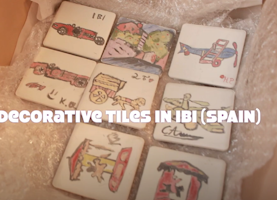Exercise: Learning the symbolism
Each heritage item preserves symbols which reflect feelings, thoughts and popular beliefs. Knowing these symbols and their meanings is part of the work of folk artists who succeed in passing them on to new generations. The methodology of this exercise can be adapted to any cultural context.




